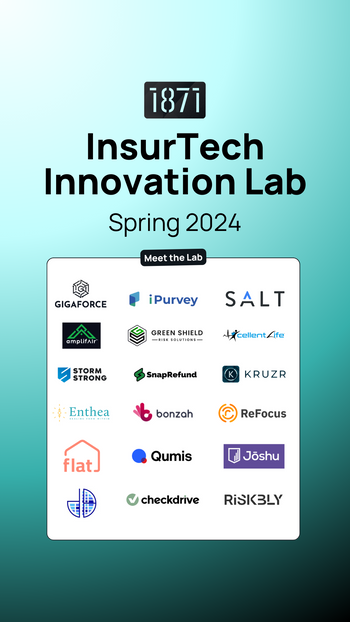In today's competitive insurance landscape, agencies and brokerages are embracing technology to streamline operations, enhance customer experiences, and, ultimately, drive growth. But with a vast array of tools available, determining your tech stack's return on investment (ROI) becomes crucial. This article will equip you, the insurance decision maker, with the knowledge to set realistic goals when adopting technology and establish an easy-to-use system for tracking its ROI.
Setting SMART Goals for Insurance Tech Adoption
Before diving into ROI measurement, having clear, achievable objectives for your tech investments is empowering. The SMART goal framework provides a structured approach:
- Specific: Clearly define what you want to achieve with the technology. Is it to reduce processing time by 20% or increase customer retention by 15%?
- Measurable: Establish quantifiable metrics to track progress, such as the number of policies processed per day or customer satisfaction scores. This ability to track progress provides security in your technology investments.
- Attainable: Be realistic about the impact of technology. Consider factors like employee adoption rates and integration complexity.
- Relevant: Ensure your goals align with your agency's overall business strategy. Does the technology address a critical pain point or support a strategic growth initiative?
- Time-bound: Set a timeframe for achieving your goals. Having deadlines creates a sense of urgency and facilitates progress tracking.
Bonus Tip: Need help with how to set one or several goals? Get input from industry peers or best practices data.
By establishing SMART goals, you have a clear roadmap for measuring the effectiveness of your tech investments.
Measuring ROI: Key Performance Indicators (KPIs) for Insurance Tech
Now that you have defined your goals, it's time to identify the KPIs that will track your progress. Here are some common KPIs relevant to insurance agencies, categorized by the area of impact:
Efficiency:
- Processing Time per Policy
- Number of Errors Reduced
- Employee Productivity Rates
Sales & Growth:
- Policyholder Retention
- Lead Conversion Rates
- Customer Lifetime Value
Customer Experience:
- Customer Satisfaction Scores (CSAT) or Net Promoter Scores (NPS)
- Average Customer Lifetime in Years
- Resolution Time for Inquiries
Checklist: Choosing the Right KPIs
- Relevance: Do the KPIs directly measure progress towards your SMART goals?
- Actionable: Can you use the KPI data to make informed decisions about your tech stack?
- Data Availability: Can you quickly access and track the data required for each KPI?
Once you have defined your SMART goals, it's time to identify the KPIs that will track your progress. Focusing on relevant, actionable, and measurable KPIs ensures your ROI evaluation provides actionable insights. These insights can be used to make informed decisions about your tech stack, helping you optimize your tech investments for long-term success.
Implementing a System for Tracking ROI
Once you have identified your KPIs, establish a system for collecting and analyzing data. Here are some steps to consider:
- Data Collection Tools: Utilize built-in reporting features within your tech stack or integrate data from various platforms.
- Data Visualization: Use dashboards with charts and graphs to present complex data clearly and easily digestible. Some, like PowerBI, are free to use.
- Regular Reporting Schedule: Schedule regular reports (e.g., weekly, monthly, quarterly) to monitor progress and identify trends.
- Benchmarking: Compare your internal data with industry benchmarks to assess your performance relative to competitors.
Remember, a successful ROI tracking system is not just about collecting data but about using it to make informed decisions.
Bonus Tip: Consider using a Customer Relationship Management (CRM) system as a central hub for collecting and analyzing customer data relevant to your KPIs.
Conclusion
By setting SMART goals, meticulously choosing KPIs, and implementing a user-friendly tracking system, you can effectively measure ROI on your insurance agency's tech stack. Remember, a data-driven approach allows you to optimize your tech investments for long-term success. Continuously evaluate and refine your approach to ensure your technology fuels efficiency, fosters growth, and delivers a superior customer experience.






